Chicago School Boycott
In the aftermath of the Brown v. Board of Education Supreme Court ruling, Chicago’s schools were overcrowded and underfunded, and the Chicago Board of Education refused to allow black students to transfer to white schools. The Chicago Board disregarded the Brown ruling to integrate schools by claiming they were following a neighborhood schools policy that required students to attend a school if it was within walking distance of their home. In response to overcrowding, the Board of Education brought in mobile classrooms, which community members referred to as “Willis Wagons,” after the head of the Board of Education, Benjamin C. Willis. The board claimed these were temporary solutions, but for many of Chicago’s black residents, they were endemic of the racial inequality in schooling. The movement against segregation and inequality in schools had been going on for years, but climaxed on October 22, 1963, when over 200,000 Chicago students boycotted school as part of “Freedom Day.” Additionally, at least 10,000 students, parents, and community members protested outside the headquarters of the Chicago Board of Education. Some signs read “Willis Must Go,” or “No Willis Wagons,” while others demanded integrated schools. While there wasn’t a clear-cut victory, the Board of Education felt the pressure and agreed to increase the number of black students who could transfer to white schools. Community members kept organizing after the successful 1963 boycott, even organizing another school boycott in 1965 in which 100,000 students boycotted classes.
(For more information visit the Chicago History Museums’s Facing Freedom site or visit the documentary project ’63 Boycott)

